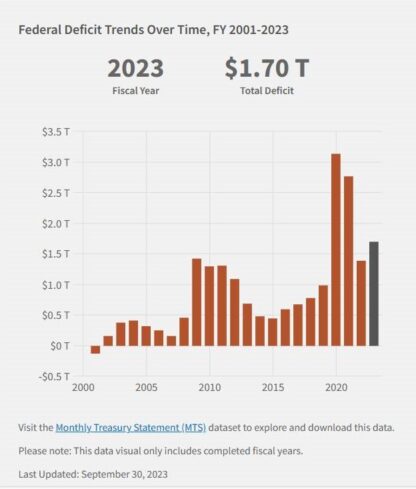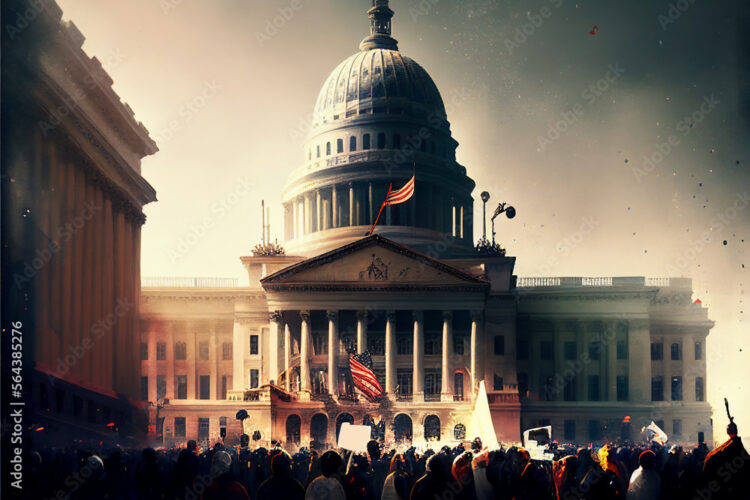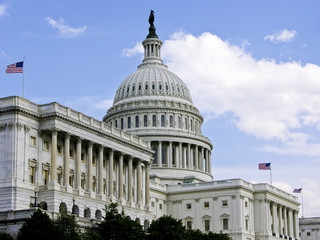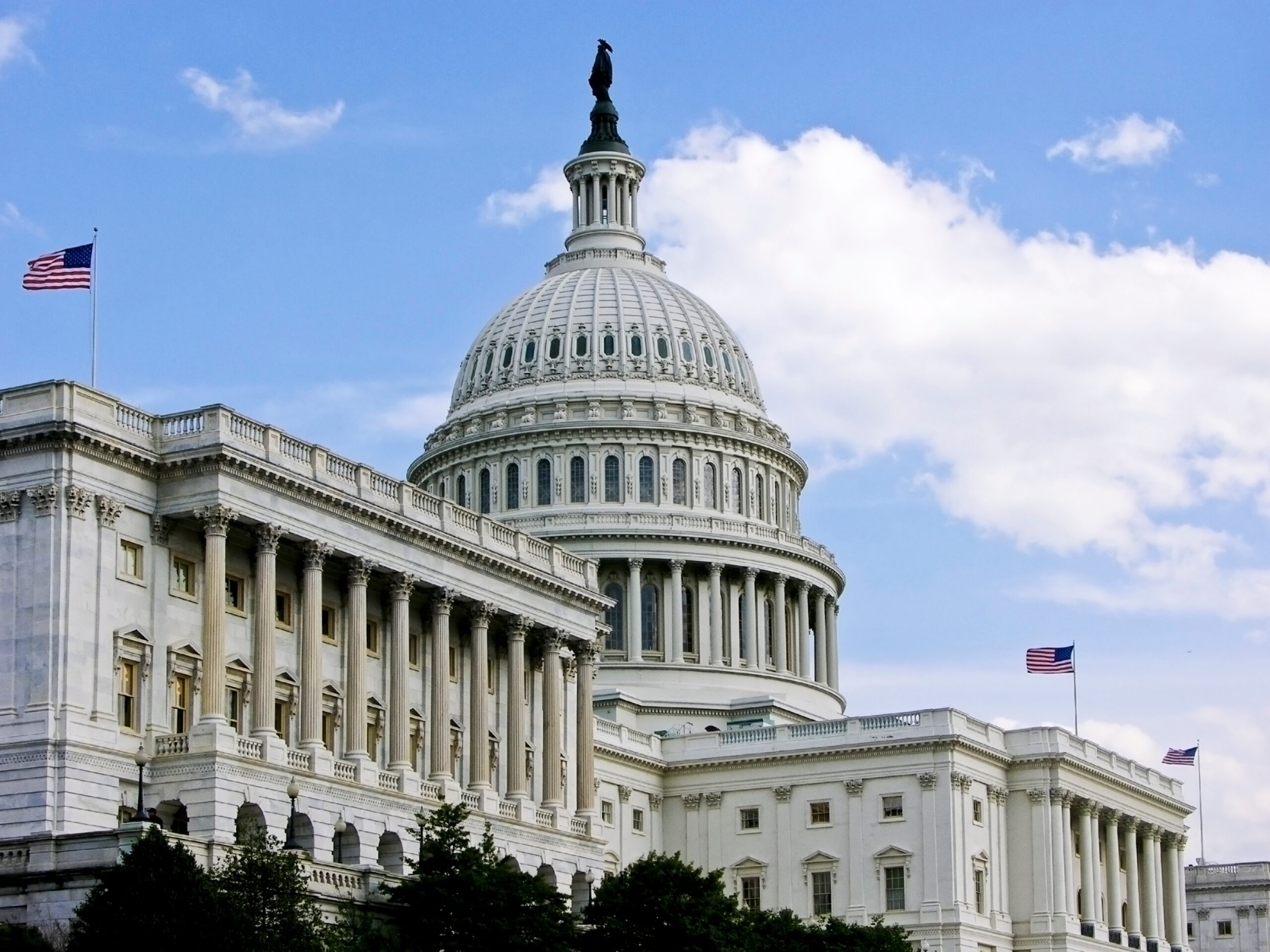Capitalism is considered as being the pillar of the Republican Party, while the Democratic Party is tagged with Socialism as being their foundation. As with the economies of most democratic countries, our democratic system of government incorporates elements of both philosophies. No rational thinking American wants a purely capitalistic or socialistic society. All of these national governments recognize the need for both free markets and social welfare systems tailored to meet the unique needs, cultural values, and historical frameworks of their societies.
Is Capitalism, also known as the Free Enterprise System of Government, really free and beneficial to all Americans? Is Socialism really the evil governmental burden that is destroying American society with generous give aways for underserving freeloaders and foreign nationals. This is what successful people would like you to believe. How has each of these systems actually benefited working class America, much of which are members of the Make America Great Again (MAGA) belief system?
Let’s evaluate how our government has incorporated these two opposing economic systems since 2001, the beginning of the New Millenium. This brings us through four presidencies alternating between Republican and Democratic leadership: George W. Bush (2001-2009), Barack Obama (2009-2017), Donald Trump (2017- 2021) and Joe Biden (2021-present). During all of these presidencies we have had a blend of both a free enterprise system (Capitalism) and a Social Welfare structure that is emphasized differently depending on Republican vs Democratic control.
Naturally there are different circumstances that have affected the policies of each of these Presidential administrations, all of which required difficult decisions. History has already determined the results of the Bush and Obama Administrations. Although we have already experienced the outcome of Trump’s time in office, the reasons behind the causes for why events happened the way they did is still debatable, but to different degrees. The results of Pres. Biden’s administration are still yet to be determined, but since history appears again to be repeating, we can expect things to turn out similar to what Obama experienced.
Federal Deficit 2001-2023 timeline
The following information and chart may be found on the website fiscaldata.treasury.gov, not from some questionable news organization. Take a good look at the dates and the amount of inflation causing exponential national debt. Then note the time periods of deficit correction.

As you can see from the graph, when Pres. Bill Clinton left office January 2001, that was the last time the United States had a budget deficit under a Trillion Dollars ($1,000,000,000,000). Look at all those zeroes! One trillion is equivalent to $1,000,000 million or in other words, we can say one million, million dollars. Therefore, one trillion has 12 zeros. We can also say that a trillion dollars is equivalent to $1,000 billion, or one thousand billion dollars.
On Sept. 11, 2001, during the first year of George W. Bush’s presidency, America was directly attacked by air assault. This naturally increased the military budget and left other unforeseen related expenditures in the decision-making power of the President. As everyone knows by now this got us into a war against Afghanistan where Osama Bin Laden masterminded the 911 terrorist attack.
Key decisions made by Pres. Bush’s Administrations (2001-2008)
Under the increasing pressure from neo-conservatives, the Bush administration concluded that Saddam Hussein was a direct threat to America. In March 2003, U.S. forces invaded Iraq vowing to destroy Iraqi weapons of mass destruction (WMD) and end the dictatorial rule of Pres. Hussein. On May 1, 2003, Pres. Bush made his “Mission Accomplished” speech aboard the aircraft carrier USS Abraham Lincoln. However, these two presidential war decisions were short sighted. The war in Iraq lasted into the Obama administration and the war in Afghanistan lasted into the Biden administration. Ending these conflicts were left to Democratic administrations.
Unfortunately, the American people have been deceived about the cause and effect that these wars created. In addition to the economic costs, we need the acknowledge the world-wide consequences resulting from the death, dismemberment and destruction that occurred within these two countries. Click on this link to get the real story of how history now sees the decisions of the Bush administration concerning their decision to declare war on Iraq as presented by the Pew Research Center.
Conservative media, led by Fox News has distorted how the war in Afghanistan came to an end. This link explains that their blaming Pres. Biden for how this lengthy conflict ended but did not tell the full story of ex-President Trump’s agreement for the U.S. withdrawal from Afghanistan. This is reported from the Whitehouse.gov website, as their conclusion, not just mainstream media’s extensive reporting.
The biggest tax policy changes enacted under Pres. Bush were the 2001 and 2003 tax cuts. High-income taxpayers benefitted most from these tax cuts, with the top 1 percent of households receiving an average tax cut of over $570,000 between 2004-2012. Despite promises from advocates of the tax cuts, evidence suggests that they did not improve economic growth or pay for themselves, but instead expanded deficits and debt and contributed to a rise in income inequality. Review the above graph and see the impact these tax cuts favoring the wealthy helped create.
After 2004 the budget deficit dropped from less than 1½ -trillion dollars back to the original Sept. 11 budget increase. Although America’s debt was decreasing, spending was increasing since the beginning of Bush’s administration in 2001. The GOP’s basic philosophy of stimulating the Free Enterprise System of government investment was in full force. This including getting rid of established regulations that restricted business profit that were previously enacted for very good reasons. Trump’s wealthy visitors to his Mar-a- Lagos estate know exactly how his abusive use of Executive Orders can accomplish their deregulation requests.
What Caused the 2008-2009 Great Recession?
From 2004 through 2006, the Federal Reserve raised interest rates to control inflation. As interest rates rose, the flow of new credit through traditional banking channels into real estate slowed. More seriously, rates on existing adjustable mortgages and exotic loans began to reset at much higher rates than many borrowers expected (or were led to expect by lenders).
The Great Recession was the sharp decline in economic activity that started in 2007 and lasted several years, spilling into global economies. It is considered the most significant downturn since the Great Depression in the 1930s. As monthly mortgage payments rose beyond borrowers’ ability to pay (and they could not simply refinance as prices had stopped steadily rising), many borrowers were forced to sell. The increase in supply exploded, jeopardizing too many financial firms that took on too much financial risk.
Although raised interest rates caused deficits to declined in 2005 and 2006 amidst an economic recovery, this tells nothing about the competency of the Bush Administration policies, especially considering that deficits turned to surpluses during the 1990s recovery, following tax increases in 1990 and 1993. Click on the above hyperlink and read why the projected deficit did in fact increase drastically starting in 2007, due to GOP capitalistic spending.
According to a 2011 report by the Financial Crisis Inquiry Commission, the Great Recession was avoidable. First, the report identified failure on the part of the government to regulate the financial industry. Many financial firms, which included investment firms, took on too much risk. This failure to regulate included the Fed’s inability to stop banks from giving mortgages to people who subsequently proved to be a bad credit risk. This collapse impacted the flow of credit to consumers and businesses. Other causes the report identified included excessive borrowing by consumers and corporations.
Clicking on the link stated above will bring you to this detailed report. It truly explains how out of control Capitalism not only destroyed the lifestyles of most all Americans, but also affected world investment markets. Between January 2009 and December 2010, 297 banks failed; most were small and medium-size banks. I don’t expect anyone to read all of this report, but chapter 21 tells the story as to how this recession created a greater need for increased socialistic support from our federal government to provide assistance for many millions of Americans.
In the aftermath of the panic, when credit was severely tightened, if not frozen by financial institutions, companies found that cheap and easy credit was gone for them, too. It was tougher to borrow to meet payrolls and to expand inventories. Businesses that had neither credit nor customers trimmed costs and laid off employees. Millions of families entered foreclosure and millions more fell behind on their mortgage payments. Others simply walked away from their devalued properties, losing their homes to the banks.
The recession devastated not only many companies and their workers but also state and local governments that saw their tax revenue fall. This caused people who had lost their jobs, or were in bankruptcy or foreclosure proceedings, to demand more services. Those services included Medicaid, unemployment compensation, and welfare, in addition to local assistance for mental health care, for children, and for the homeless. “At least 46 states struggled to close shortfalls. Renters, who never bought into the madness, were also among the victims as lenders seize property after landlords defaulted on loans.
As my books point out, this is what aggressive capitalism causes. It was the beginning of the end to corporations providing pension plans for new employees while offering buyouts for existing personnel. Medical benefits were reduced, and costs continue to be out of control. This abusive use of capitalism for fighting against business regulations, not only was the downfall of the economy that help escalate the National Deficit during the Bush years but became the rule of law during Trump’s time in office.
Key decisions made by Pres. Obama’s Administrations (2009-2016)
In January of 2009 when Barach Obama was elected President, he inherited an economy that was in free fall with GDP plunging and employment declining at the rate of 700,000 jobs a month. The financial sector was on the verge of collapse, both in the United States and around the world. The two most effective policies he used to turn around the dire economic situation were the Troubled Assets Relief Program (TARP) and the stimulus package. According to the Brookings Institution these were the right policies, and they worked as well or better than could have been expected.
The key priorities with the stimulus package were to make sure that it went out quickly and that it was large enough to increase total spending. With a total package at $862 billion spent mostly in 2009 and 2010, it met those goals. With so many individual members of Congress each wanting money to come to their district or state, the lack of details for the package created a mess. This is why I continue to criticize Congress for their inability to work together to pass legislation that requires planning, oversight and accountability.
However, history shows that recovery from all the events that created this recession takes a long time. Also, reckless fiscal policy in the years leading up to the crisis meant that there were budget deficits even before the crisis hit. Add to this the fact that recessions always worsen budget deficits, and the result is a limit on how much fiscal stimulus is possible. This is the same situation that Pres. Biden is facing caused by ex-President Trump’s massive deregulation orders.
Nevertheless, Obama’s policies did contribute to greater spending at a time when a further collapse was threatening a possible depression. However, as you can see from the chart, the Obama/Biden administration steadily reduced the federal deficit back down below $1.5 trillion by the end of 2014. Unfortunately, the 2014 mid-term elections gave the Republicans control of both the Senate and the House starting in 2015. Notice the deficit starts to rise again in 2018 while they oversaw control of our Legislative Branch.
Since Congress controls spending and the GOP now controlled both chambers, there was no longer any need for bipartisan agreements to pass legislation. Federal spending when on the rise again and the deficit increased as you can see from the bar chart. Consequently, voters believed that a change of direction was needed, and we certainly got it. Despite all of the criticism that conservative media reigned on the Obama Administration for the slow progress (five years), the successful recession recovery worked.
Key decisions made by Pres. Trump’s Administrations (2017-2020)
Please review the above deficit chart again, starting in 2017 and see the exponential rise into the trillions of dollars that the Trump administration was responsible for creating. As you can see, the federal deficit rose as unrestricted spending increased with the change in government personnel caused by Donald Trump awarding business executives to high level staff positions.
Stimulus bills approved by Congress beginning in 2020 unleashed the largest flood of federal money into the United States economy in recorded history. Roughly $5 trillion went to households, mom-and-pop shops, restaurants, airlines, hospitals, local governments, schools and other institutions around the country. This was the result of the Trump Administration’s inability to mount a timely and effective response to the COVID‐19 outbreak, despite ample warning. For months, the president continually attempted to reassure the public and stock market investors via his statements at public appearances and tweets, that the problem was “under control.” He assured everyone that it would soon go away, and that vaccines were just around the corner.
With the 2020 publication of Bob Woodward’s book, The Trump Tapes, new information came to light regarding Trump’s private thinking regarding the transmissibility of the coronavirus. It exposed that he was aware it was more lethal than a “strenuous” flu. In taped interviews, Trump conveyed an assessment of pandemic risk very much at odds with his public statements at the time. “I wanted to always play it down,” he told Woodward.
This is only one example of Donald Trump’s questionable decisions, yet an extremely consequential one. The horrifying costs of the pandemic can be measured in the millions of Americans infected with SARS‐CoV‐2 and the many hundreds of thousands confirmed dead with or from COVID‐19 to date (Johns Hopkins University, 2022). The amount of fiscal abuse that existed during the four years (2017-2020) of Trump’s Presidency is too substantial to explain here. This is why I have written two books that detail all of the controversies that have led to the 91 charges he faces in his four indictments in various federal and state court systems.
By now most everyone has been confronted by family members. friends and/or neighbors that have been adamant about how they feel about Donald Trump. I have had many of these conversations that often get heated. Now is the time to get a full understand why America has become split almost down the middle in our beliefs. In my attempt to understand both sides, I started writing contemporaneous notes on our debates. This caused me to research the internet for what is fact or fiction. The results that I discovered on truthful and falsified information are documented in the two books I have had published.
I started out writing the book An Independent View of The Donald J Trump Presidency, but before it could be accepted for publication, it needed to be condensed for it contained way too much information. At the suggestion of my agent, I decided to divide it into two books: Part one, Donald Trump’s Rise to Power in the GOP highlights his 2016 election campaign strategy and his first two years as President. Part two, Donald Trump’s Impeachment Problems include his final two years in office and the January 6, 2021 insurrection.
Unfortunately, the main title remained as originally submitted and each book name became a subtitle. I wish that the publisher had advised me to name each book separately and use An Independent View of The Donald J Trump Presidency as their subtitle. This causes confusion for internet searching of book sellers. Also, having the very common name of William Smith is another problem. Getting internet book retailers to disassociate other authors writings with my work is virtually impossible as a new author.













